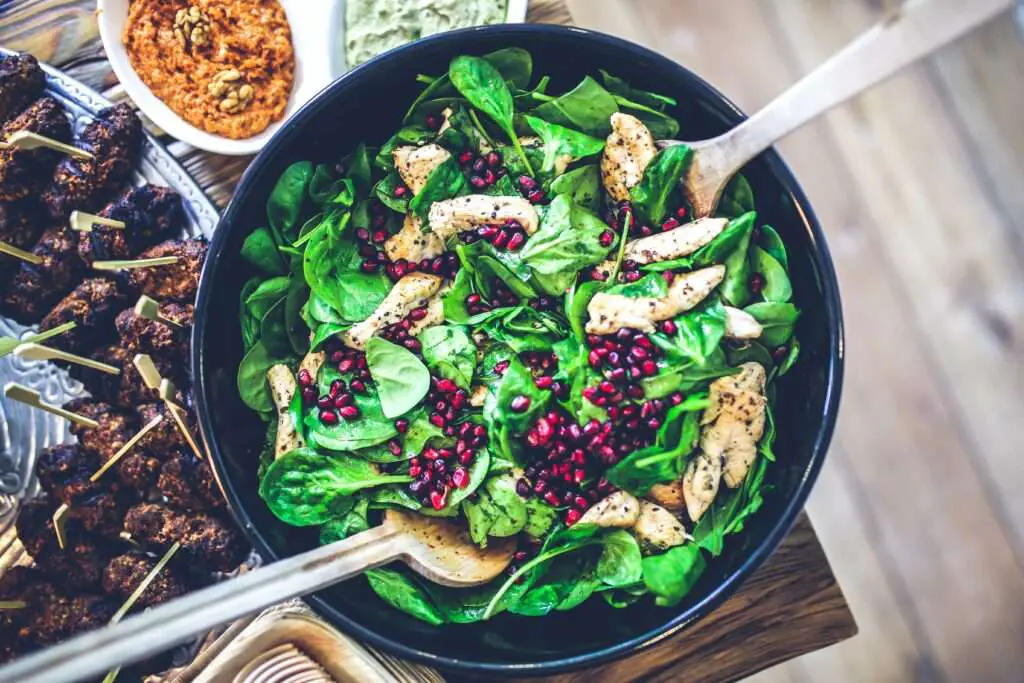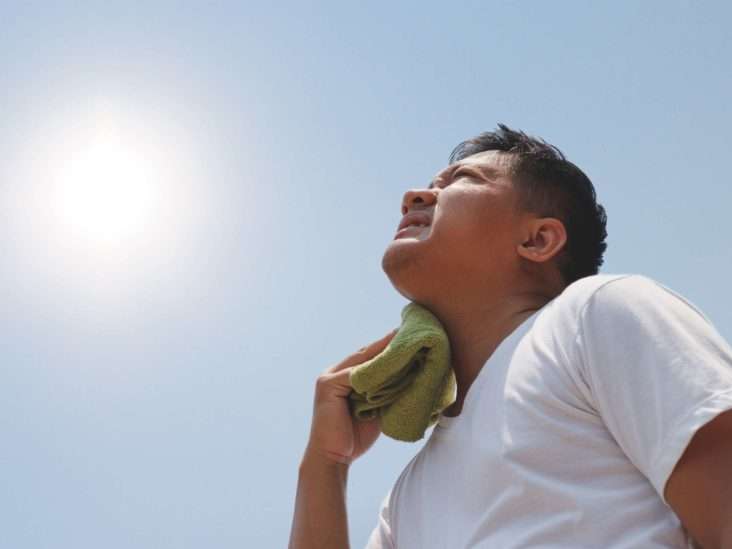To Prevent Heat Stroke, Heat stroke is a severe condition that occurs when the body cannot regulate its temperature, leading to a rapid rise in body temperature. It’s a medical emergency that can cause damage to the brain and other vital organs, and in several cases, it can even be fatal.
It’s essential to take precautions in hot weather and be aware of the condition’s symptoms. This article will discuss various methods and strategies for preventing heat stroke, including staying hydrated, avoiding prolonged sun exposure, wearing appropriate clothing, and knowing the signs of heat stroke.
Taking the necessary precautions and being aware of the dangers of high temperatures can reduce your risk of heat stroke and help you stay safe during hot weather.

1. Staying Hydrated
Staying hydrated is one of the most important ways to prevent heat stroke. When the body is dehydrated, it loses its ability to regulate its temperature and becomes more susceptible to heat stroke. Drinking enough water, especially in hot weather, is essential to hydrate your body.
A good rule is to drink at least 8 cups (64 ounces) of water daily. Drink more if you are sweating or exercising. Avoid caffeine and alcohol, as they can dehydrate you.
If you are out in the heat for an extended period, consider carrying a water bottle and drinking water regularly. It is also essential to listen to your body’s signals of thirst and drink water when thirsty.
2. Avoid prolonged sun exposure
Prolonged sun exposure can lead to heat stroke, a severe medical condition when the body cannot properly cool. Symptoms of heat stroke include high body temperature, rapid pulse, headache, dizziness, and confusion. It is important to limit sun exposure during peak hours.
3. Wear appropriate clothing
Wearing appropriate clothing can help prevent heat stroke by providing protection from the sun and allowing the body to cool itself properly. Light-coloured, loose-fitting clothing made of breathable cotton or linen is best.
Avoid dark colours and tight-fitting clothing as they absorb and trap heat. A wide-brimmed hat and sunglasses can also help protect the face and head from sun exposure.
It’s also essential to wear sunscreen with at least SPF 30 to protect your skin from harmful UV rays. Additionally, it’s necessary to dress in layers, so you can remove clothing as needed to stay calm. Remember to keep hydrated and take regular breaks in the shade, even if you wear appropriate clothing.
4. Know the signs of heat stroke
Heat stroke is a severe medical condition when the body cannot adequately cool. Knowing the signs of heat stroke is essential to recognize it and take immediate action.
The symptoms of heat stroke include a high body temperature (usually above 104°F), rapid pulse, headaches, dizziness, confusion, nausea, and in severe cases, seizures or unconsciousness. Other symptoms include red, hot, dry skin, muscle cramps, or weakness.
5. Air conditioning
Air conditioning can help prevent heat stroke by providing a relaxed, comfortable environment that allows the body to regulate its temperature properly. When temperatures outside become too hot, indoor air conditioning can relieve the body from overheating. It’s important to use air conditioning in the right way:
- Set the temperature to the lowest comfortable level.
- Avoid setting the temperature too low.
- Keep the air circulating.
If you don’t have air conditioning at home, you can also find relief in air-conditioned public spaces such as libraries, malls, and community centers. Remember to stay hydrated, take regular breaks, and dress appropriately in air-conditioned rooms.
Also, don’t forget to check on elderly or vulnerable people with more difficulty regulating their body temperature.
6. Acclimatize
Acclimatization is gradually getting used to a new environment, which can help prevent heat stroke by allowing the body to adapt to higher temperatures. When moving to a hot climate, giving your body time to adjust is essential.
Gradually increasing your time in the heat, and avoiding strenuous activities during the hottest day can help your body get used to the new conditions. Additionally, be aware that if you travel from a cooler to a hot climate, it can take several days to a week to acclimatize, so take it easy and take the necessary precautions to avoid heat stroke.
7. Rest
Resting and avoiding strenuous activities during the hottest part of the day can help prevent heat stroke. It allows your body to conserve energy and regulate its temperature properly. Take regular breaks in the shade and avoid prolonged sun exposure, and if you need to engage in physical activity, schedule it for the more excellent parts of the day.
8. Medications
Certain medications, such as diuretics, vasodilators, and antidepressants, can increase the risk of heat stroke. It’s essential to take advice from your doctor about the potential side effects of any medications you take and how they may affect your body’s ability to regulate temperature.
Be careful during hot weather if you are on any of these medications.
9. Check on others
Checking on elderly or vulnerable people during hot weather can help prevent heat stroke. They may have more difficulty regulating their body temperature and may not be aware of the danger.
10. Emergencies
In an emergency, it is essential to recognize the signs of heat stroke and take immediate action. Call for medical help and try to cool the person down by removing excess clothing, fanning them, and applying cool water to the skin. Make sure to stay with the person until help arrives and continue to monitor the person’s condition.




I really appreciate your help